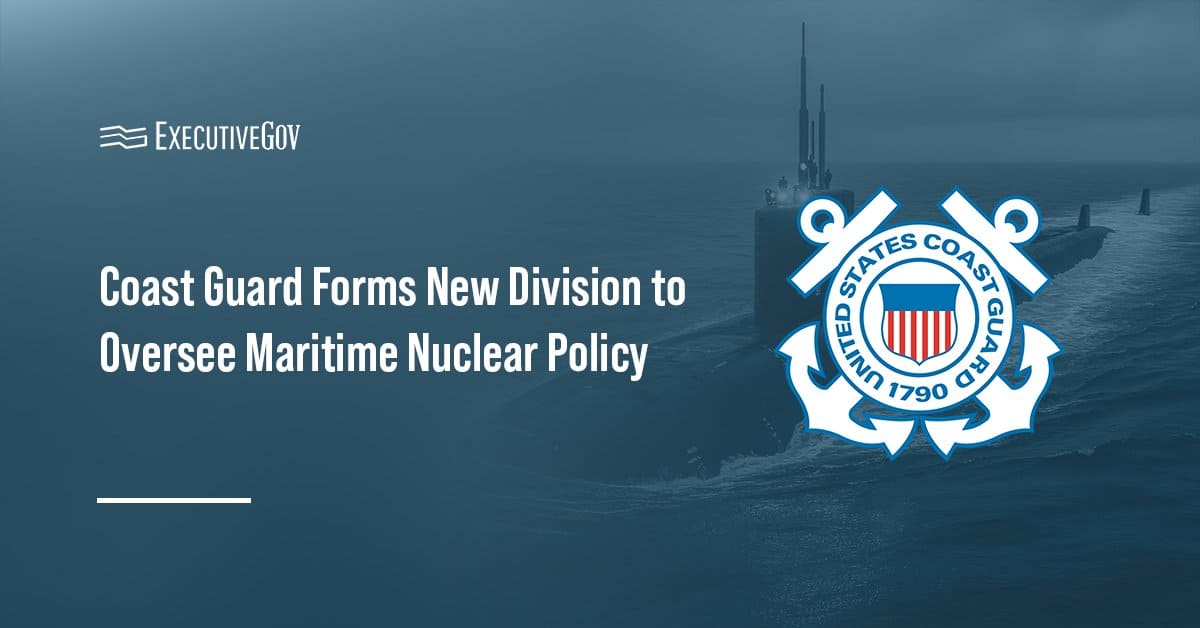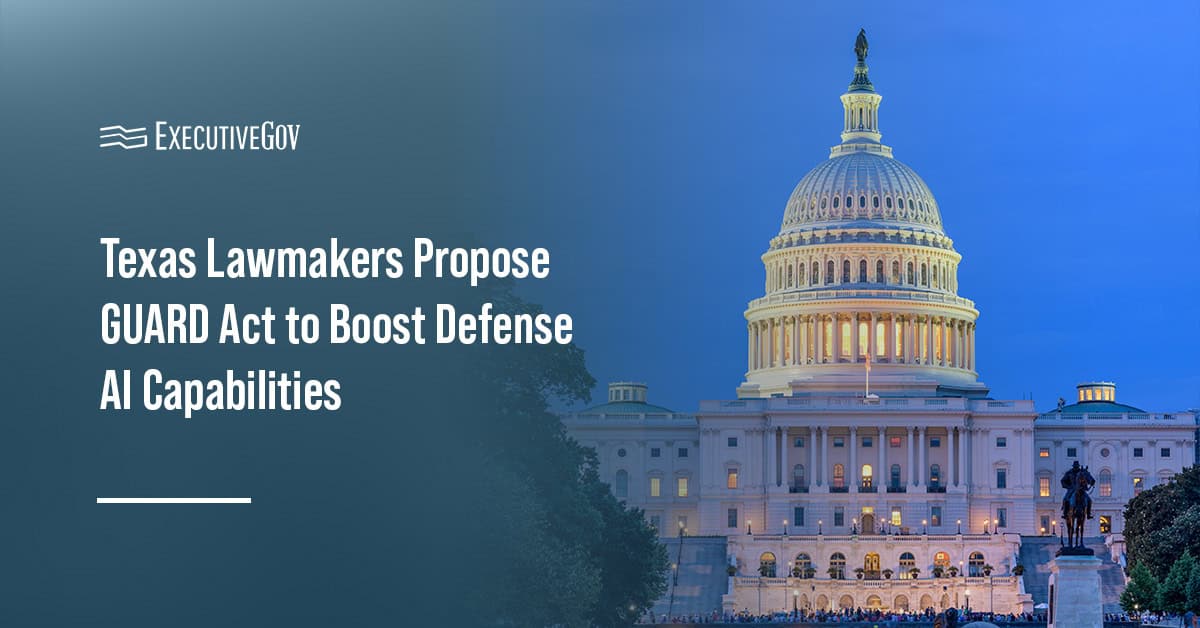 U.S. Navy officials have asked the Defense Department to renew a policy that authorizes the service branch to provide Marines and sailors with additional salary for extended deployments, Navy Times reported Tuesday.
U.S. Navy officials have asked the Defense Department to renew a policy that authorizes the service branch to provide Marines and sailors with additional salary for extended deployments, Navy Times reported Tuesday.DoD approved for two years the Hardship Duty Pay – Tempo in September 2014 in order to provide service personnel with $16.50 in additional compensation per day once they exceed the deployment threshold of 220 days, Mark D. Faram writes.
“We’ve requested that HDP-T be continued and are working to get the pay authorized for sailors once the current authority expires later this year,â€Â said Lt. Cmdr. Nate Christensen, spokesman for the chief of naval personnel.
Christensen told Navy Times he expects the authority to be renewed for another two years.
Navy officials said the service branch has issued approximately $15.3 million in deployment pay through HDP-T since September 2014, the report said.





